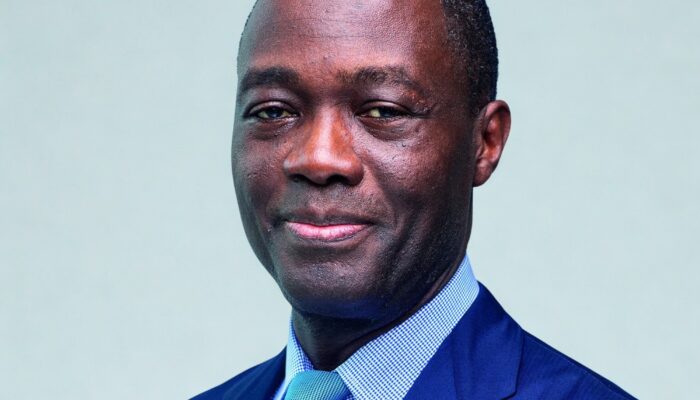The vibrant banking landscape of Africa is revealed in the latest 2024 ranking of the top 30 African banks. From the southern tip in South Africa to the northern reaches of the Maghreb, and extending into Sub-Saharan Africa, these financial powerhouses are driving the continent’s economy.
Unveiling the financial giants of Africa, we present the 2024 ranking of the top 30 African banks. This list showcases the diversity and strength of the continent’s financial institutions.

Here’s a snapshot of the top 30 African banks for 2024, based on their balance sheet sizes:
1 – Standard Bank Group (South Africa)
2 – Absa Group (South Africa)
3 – FirstRand (South Africa)
4 – Nedbank Group (South Africa)
5 – National Bank of Egypt (Egypt)
6 – Attijariwafa Bank (Morocco)
7 – Banque Exterieur d’Algerie (Algeria)
8 – Investec Bank (South Africa)
9 – Banque Misr (Egypt)
10 – Credit populaire du Maroc (Groupe Banque Centrale Populaire) (Morocco)
11 – Banque Marocaine du Commerce (BMCE) (Morocco)
12 – Banque Nationale d’Algerie (BNA) (Algeria)
13 – Bank Muscat (Oman)
14 – Libyan Arab Foreign Bank (LAFB) (Libya)
15 – Gumhouria Bank (Libya)
16 – First Bank of Nigeria (Nigeria)
17 – Ecobank Group (Ecobank Transnational Incorporated (ETI)) (Togo)
18 – Al Baraka Banking Group (Bahrain)
19 – Commercial International Bank (CIB) (Egypt)
20 – Zenith Bank (Nigeria)
21 – Credit Populaire d’Algerie (CPA) (Algeria)
22 – Banque de l’Agriculture et du Développement Rural (BADR) (Algeria)
23 – United Bank for Africa (Nigeria)
24 – CNEP Banque (Caisse Nationale d’Epargne et de Prévoyance-Banque) (Algeria)
25 – National Societe Generale Bank (Egypt)
26 – Access Bank (Nigeria)
27 – Guaranty Trust Bank (Nigeria)
28 – Societe Generale Marocaine de Banques (Morocco)
29 – EFG-Hermes Holding (Egypt)
30 – Bank PHB (now Keystone Bank) (Nigeria)
These institutions play a pivotal role in the economic development of the region. Ecobank, with the largest number of country branches at 33, UBA with 20 branches, and Bank of Africa with 19, are key players in this growth narrative.
The first bank in the ranking is 40 times larger in terms of balance sheet size than the thirtieth, and over 110 times larger in terms of capitalization. This highlights the significant gap between the sector’s giants and the smaller institutions.
Several insights can be gleaned from this ranking:
South Africa remains the financial hub of the continent.
Morocco, at the other end of the continent, is emerging as a significant force with strong development ambitions.
Nigeria is the powerhouse of Sub-Saharan Africa.
There is immense growth potential for these groups, most of which have a pan-African vocation.
Other players are pushing to enter this ranking, made possible by the departure of some major players (such as Société Générale), insurers’ desire to develop bancassurance, the arrival of new competitors looking to diversify into finance, and increased digitization, which is Africa’s strength despite regulations still to be developed or refined.
Stay tuned for more updates on the evolution of Africa’s banking sector and its impact on the continent’s economy.







thanks for info.